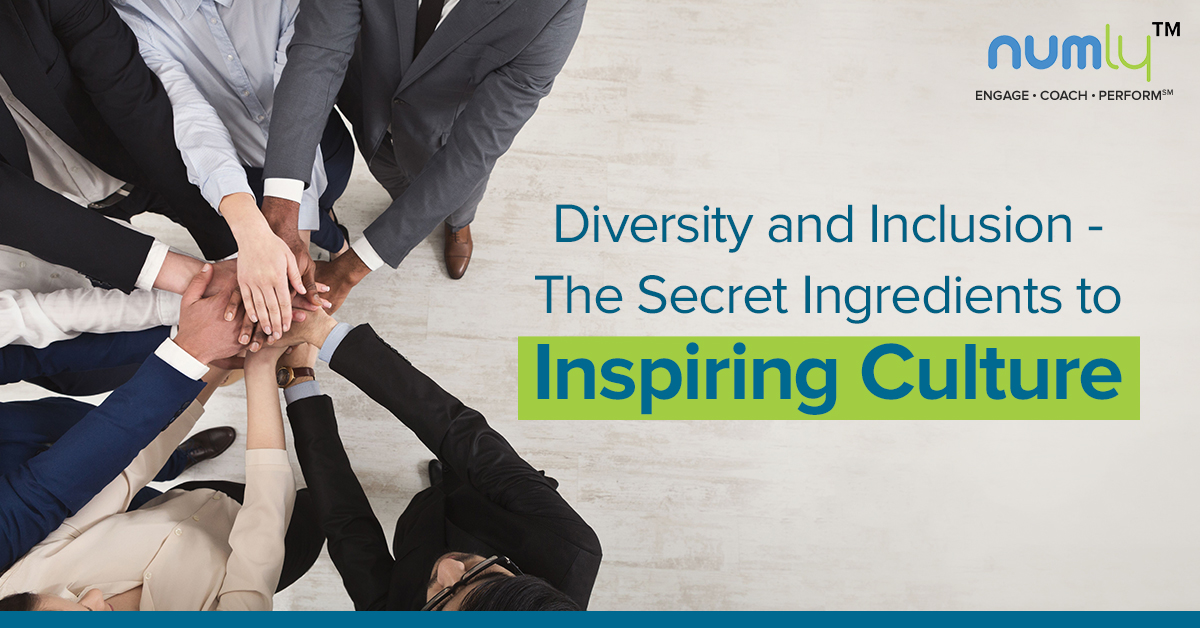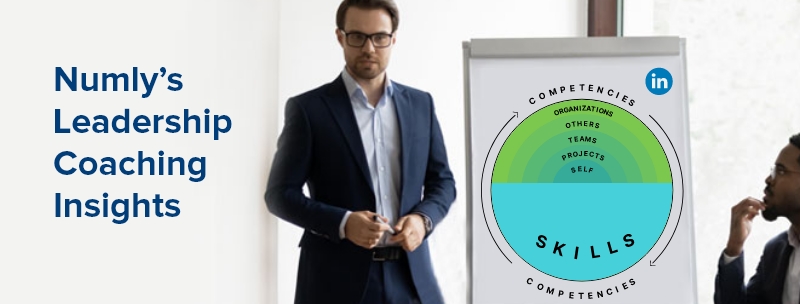Back in 2003, the NFL team adopted the Rooney Rule. The Rooney Rule was a practice encouraged by Dan Rooney, the former chairman of the USA’s National Football League Diversity Committee. Post the implementation of this rule where the NFL made intentional efforts to interview minority candidates to top leadership positions in the league, many global organizations such as Amazon, Intel, etc. applied the same, or Rooney Rule-like policies to further diversity initiatives.
The NFL continued to focus on this policy and further expanded the rule in 2018 to strengthen diversity and inclusion within their league.
Today diversity and inclusion have become important pillars supporting organizational culture. The business case for diversity and inclusion has already been made, and now organizations know that:
- Diverse and Inclusive companies are 70% more likely to capture new markets
- They make better business decisions 87% of the time
- Diverse companies are 35% more likely to outperform their competitors-
- 67% of employees want to work in companies that focus on diversity and inclusion
As the focus on diversity and inclusion increases, organizations stand at a point where they need to evaluate if diversity and inclusion are a part of their culture and how much so. Here are a few ways to know if diversity and inclusion are a part of the organizational culture or not.
Focus on women leadership
In a male-dominated world, is the organization committed to helping women shatter the glass ceiling? This is perhaps the starting point of evaluating if an organization values diversity and inclusion or is it just mere talk.
The kind of efforts that an organization takes to coach managers to help their women team members succeed, the number of women in leadership roles and the opportunities women are given show whether equity and inclusion are a part of the organization’s value system.
Some of the things that show that diversity and inclusion efforts go beyond lip service include
- A commitment towards helping high-performing women employees fill the leadership pipeline
- Allyship
- Bonding in team members
- Efforts to coach women to develop the critical skills
- Helping them find advocacy in the workplace and build their social capital
Focus on inclusion and belonging
D&I initiatives that are rooted in good intent place equal importance on promoting inclusion and belonging together. Belonging can be considered the missing piece in the inclusion battle.
According to the E&Y belonging barometer, 40% of working adults experience feelings of isolation at work. Research also shows that the need to belong at work comes only second to the need to belong at home.
Sometimes, D&I efforts become a number game. Organizations hire women and people of color to meet the numbers. But is this enough to create real inclusion? No. This is because belonging at work is the experience of being wholly and completely accepted and included by those around us.
While some of this can be achieved with D&I training, what builds belonging is a general unlearning of perceived notions and conditionings. It also involves identifying the unique needs and challenges of the underserved, acknowledging them, and then building the pathways that build greater empathy and understanding.
Driving diversity, equity, and inclusion demands all employees understand that these issues matter to all. Some employees, for example, might feel uncomfortable discussing diversity. Some might feel that diversity has got nothing to do with them. Some might deem that their issues are not being represented. What does the organization do in such cases? The way the organization responds to these issues showcases how important they are about building D&I into the organizational culture.
Organizations need to make concentrated efforts such as providing coaching to those falling in the D&I spectrum to alleviate their challenges and identify growth opportunities and providing a thriving peer coaching network to build opportunities for advancement. What is more important is to deeply sensitize those outside of this spectrum of the power of privilege they hold and the unique challenges that the others.
Leveraging peer coaching and data-backed methods to identify critical skills gaps that impact D&I initiatives helps in building allyship owing to the non-judgmental nature of peer coaching. It also builds accountability and drives behavior change to promote diversity and inclusion within the organization.
Deliver a high-trust workplace experience for everyone
Organizations with diversity and inclusion as a part of their company culture work consistently towards creating a high-trust culture.
In such a place, all processes and people work in unison to create day-to-day experiences that help people
- Feel that they belong
- Their individual needs are met
- Their skills are appreciated
- Their challenges are understood and resolved with help from peers, managers, or leaders
Since technological and social changes continue to impact and alter the world of work, workplace attitudes and behaviors, along with company policies, must contribute towards creating a high-trust work environment.
Those organizations that take data-backed strategies for personal development offer contextual and relevant coaching opportunities, remain invested in peer coaching to drive continuous learning, and focus heavily on developing critical skills such as empathy across all levels.
Developing personal accountability towards diversity
Organizations focused on diversity and inclusion will have created a sustainable culture that treats this initiative as a mindset and not a one-time effort. ‘Initiatives’ are essentially a set of protocols in which the employee does not play an active role.
Promoting diversity, inclusion, and belonging demands making sustained efforts to drive the right mindset shifts that promote allyship and drive personal accountability towards these efforts. It is essential to help employees take psychological ownership of these initiatives – only then, the members become proactive in spotting gaps and make the effort to bridge those gaps.
An organization that helps employees unlearn learned behaviors and deep-rooted social conditioning, helps them identify and resolve unconscious bias, and develops the critical skills of empathy and understanding can promote equity and inclusion, and diversity in their organization.
Promoting diversity and inclusion in the workplace demands organizations to become more intentional in their efforts. It needs shifts in thoughts and learned behaviors, and more focused effort to drive an unlearning of systematic and unconscious bias.
As such, data-backed peer coaching programs are more impactful as they drive behavioral change through constant reinforcement of positive and progress mindsets and thoughts. Organizations across the globe have realized that becoming an organization ‘for all’ will help them access and retain better talent and organizational outcomes. Those that remain ‘for some’ and where a certain section is more equal than the other stand the risk of losing valuable human capital and opportunities.
Connect with us to see how our AI-powered peer coaching platform can help your organization drive diversity and inclusion and become an organization for all.

